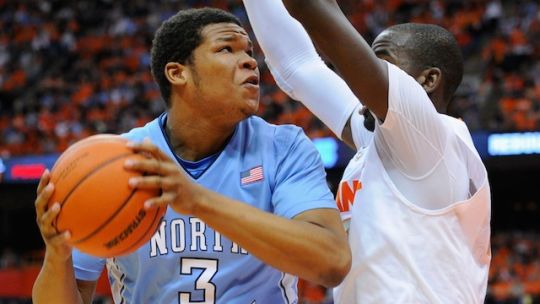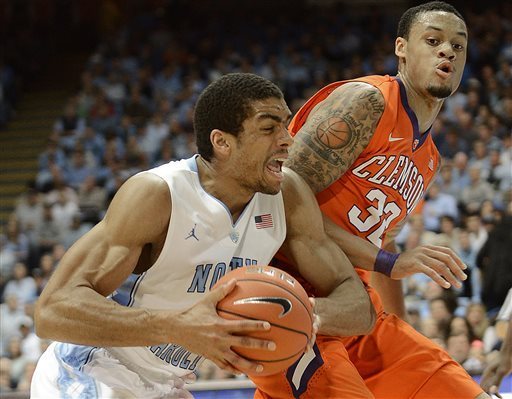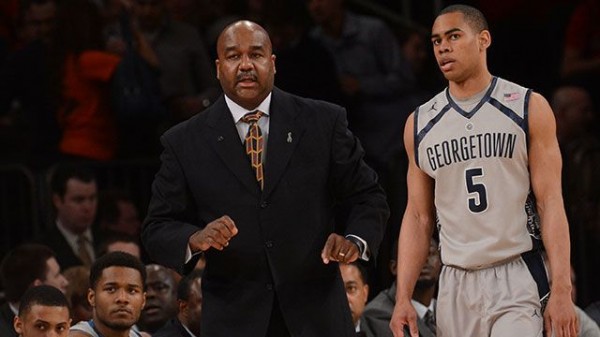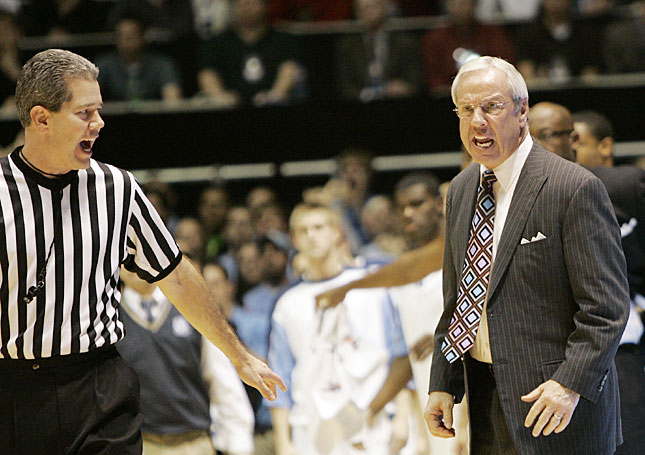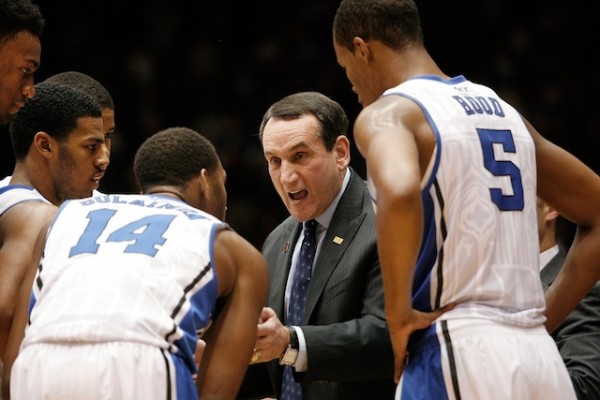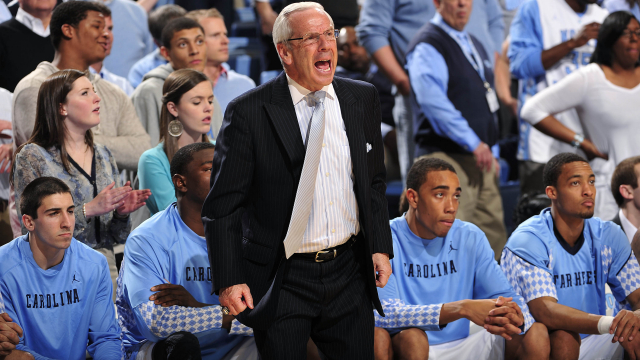North Carolina Trending Upward With Three Wins in a Row
Posted by Brad Jenkins (@bradjenk) on February 2nd, 2014North Carolina continued its home dominance over N.C. State with an 84-70 win Saturday in Chapel Hill. The Tar Heels have now won 11 consecutive meetings with the Wolfpack in the Smith Center, coinciding with Roy Williams’ tenure as UNC’s head coach. The last win for the Wolfpack in Chapel Hill was back in 2003, which was Matt Doherty’s last season at the helm. More importantly, the Tar Heels’ victory was their third straight ACC win, raising them to 4-4 in league play. For N.C. State, this loss ended a three-game winning streak, albeit with all the wins in Raleigh, and drops the Wolfpack to 4-5 in the ACC standings.
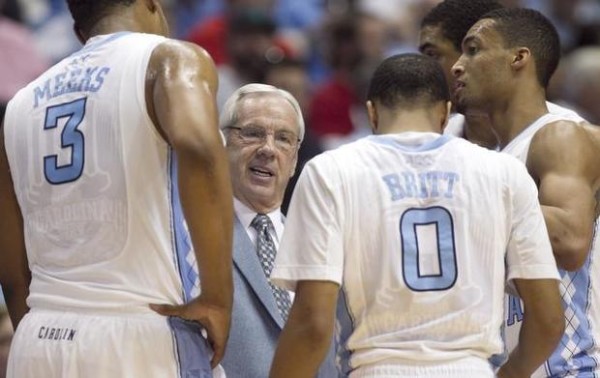
Roy Williams’ Still Perfect Against N.C. State in Chapel Hill.
(Photo: Robert Willett / newsobserver.com)
The story of the first half was the dominant performance of the North Carolina defense versus the N.C. State offense. The Tar Heels held the Wolfpack to 25 percent shooting on its way to a 40-23 halftime lead. N.C. State struggled to get open shots and failed to convert from anywhere on the court. At the rim, North Carolina blocked six first half shots, and the Wolfpack made only 1-of-7 from three. Even the foul line was a source of misery for N.C. State in the opening stanza, shooting a dismal 2-of-7.
In the second half, N.C. State played much better offensively, more than doubling its first half point total by outscoring North Carolina 47-44 after the break. Mark Gottfried switched to a smaller lineup, using point guards Anthony Barber and Tyler Lewis together, and went with a spread offense. The move enabled the Wolfpack to attack the Tar Heels off the dribble and get much easier shots, making an impressive 65.4 percent of their second half field goals. JuCo transfer Desmond Lee was particularly effective, repeatedly beating a bigger Tar Heel defender off the bounce on the way to 18 second half points. But while the small lineup ignited the Wolfpack, the Tar Heels took advantage of their size advantage on the other end. In the second half, North Carolina grabbed 14 offensive rebounds and converted those into 13 points. In a game in which overall shooting and turnovers were virtually even, the difference in the outcome can be traced to the Tar Heels’ 52-36 overall rebounding advantage. Here are some key takeaways for each team after Saturday’s game.





























